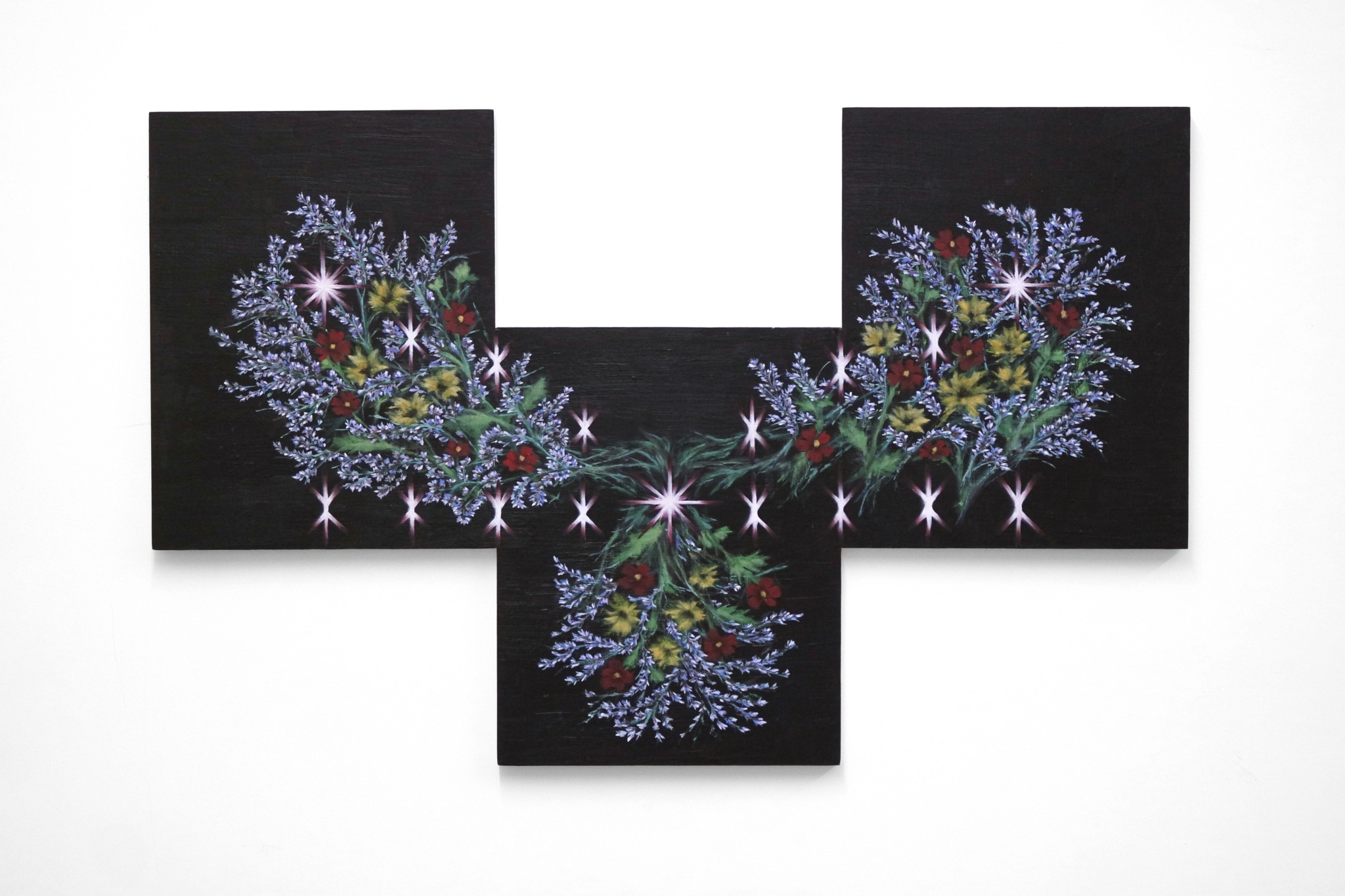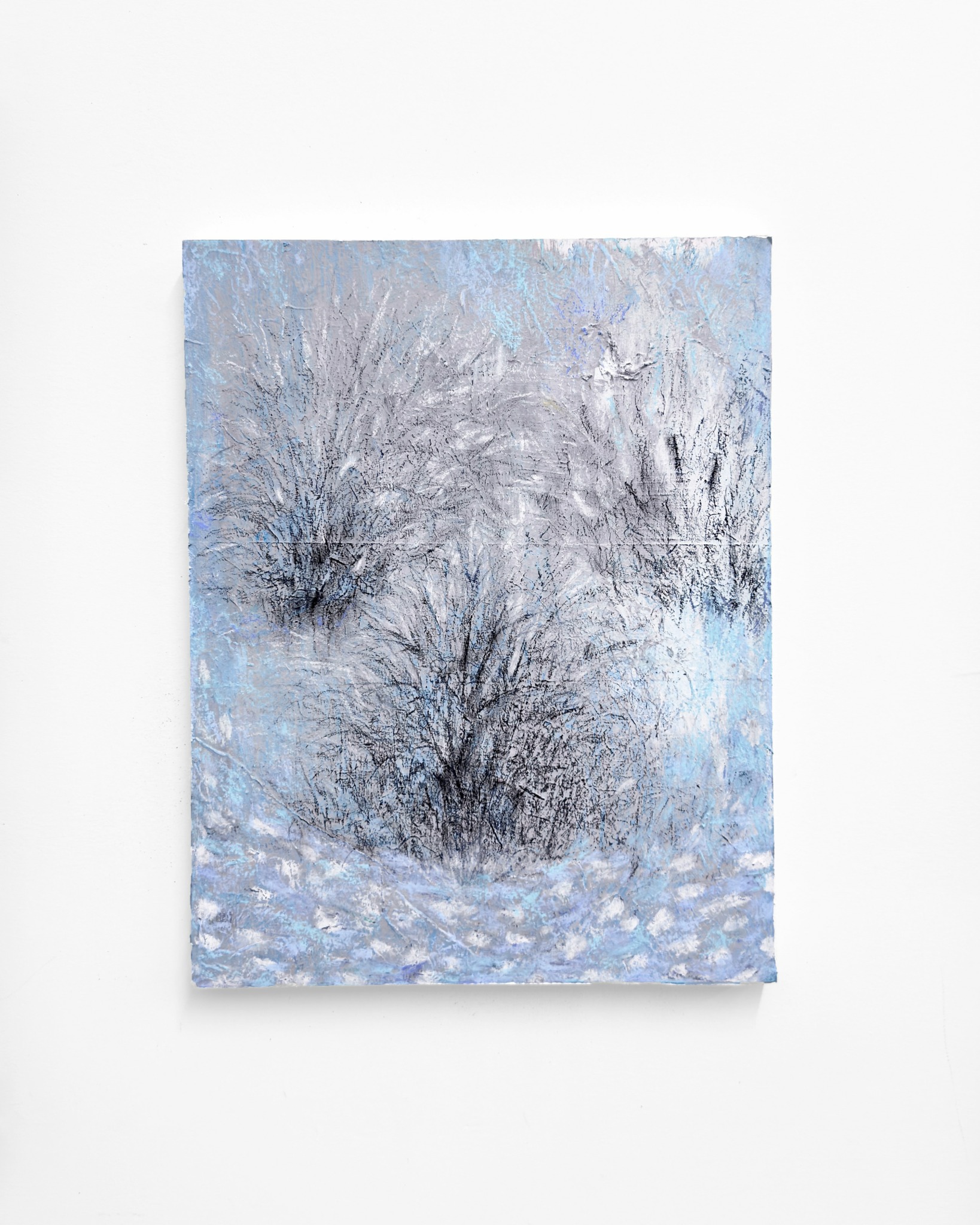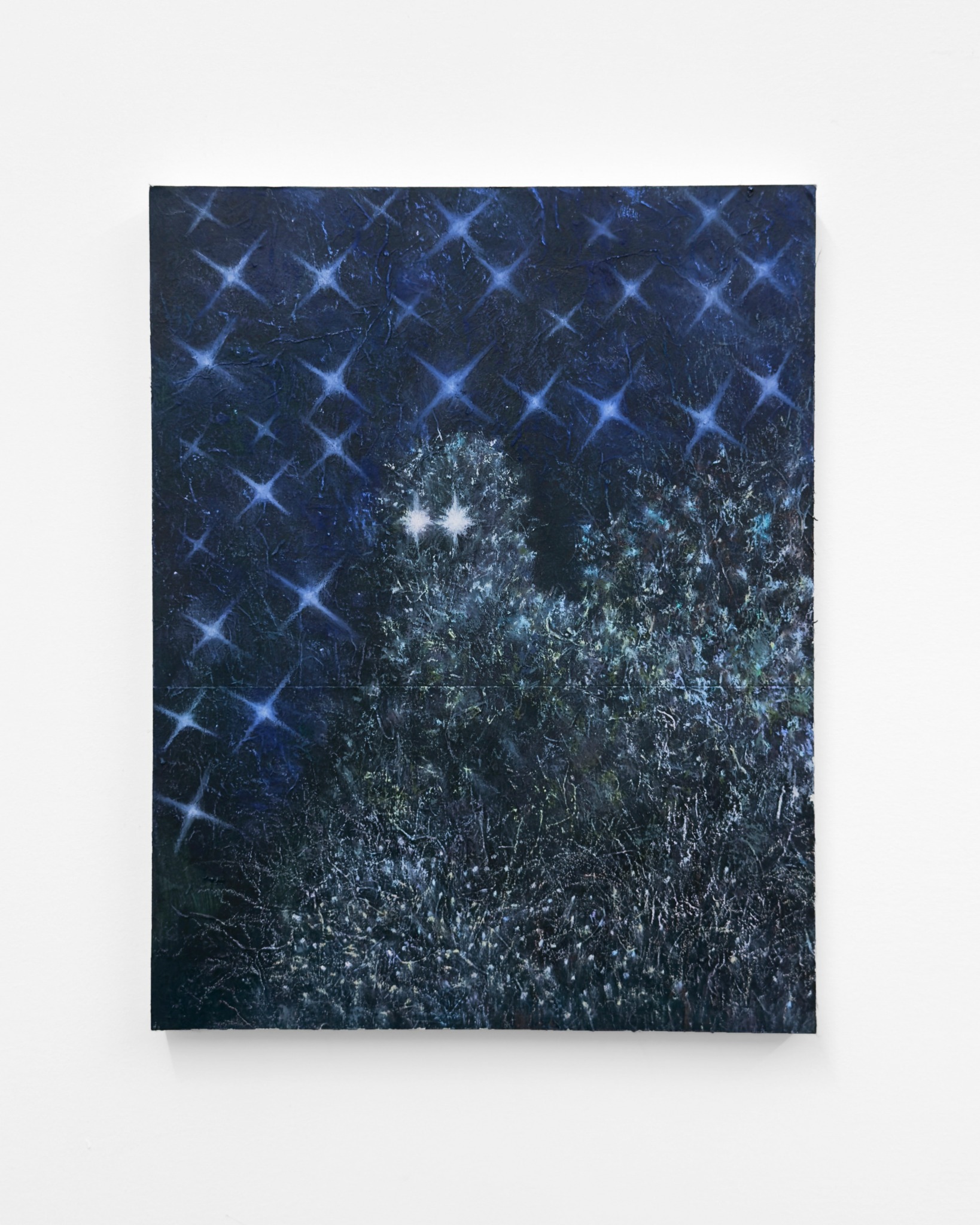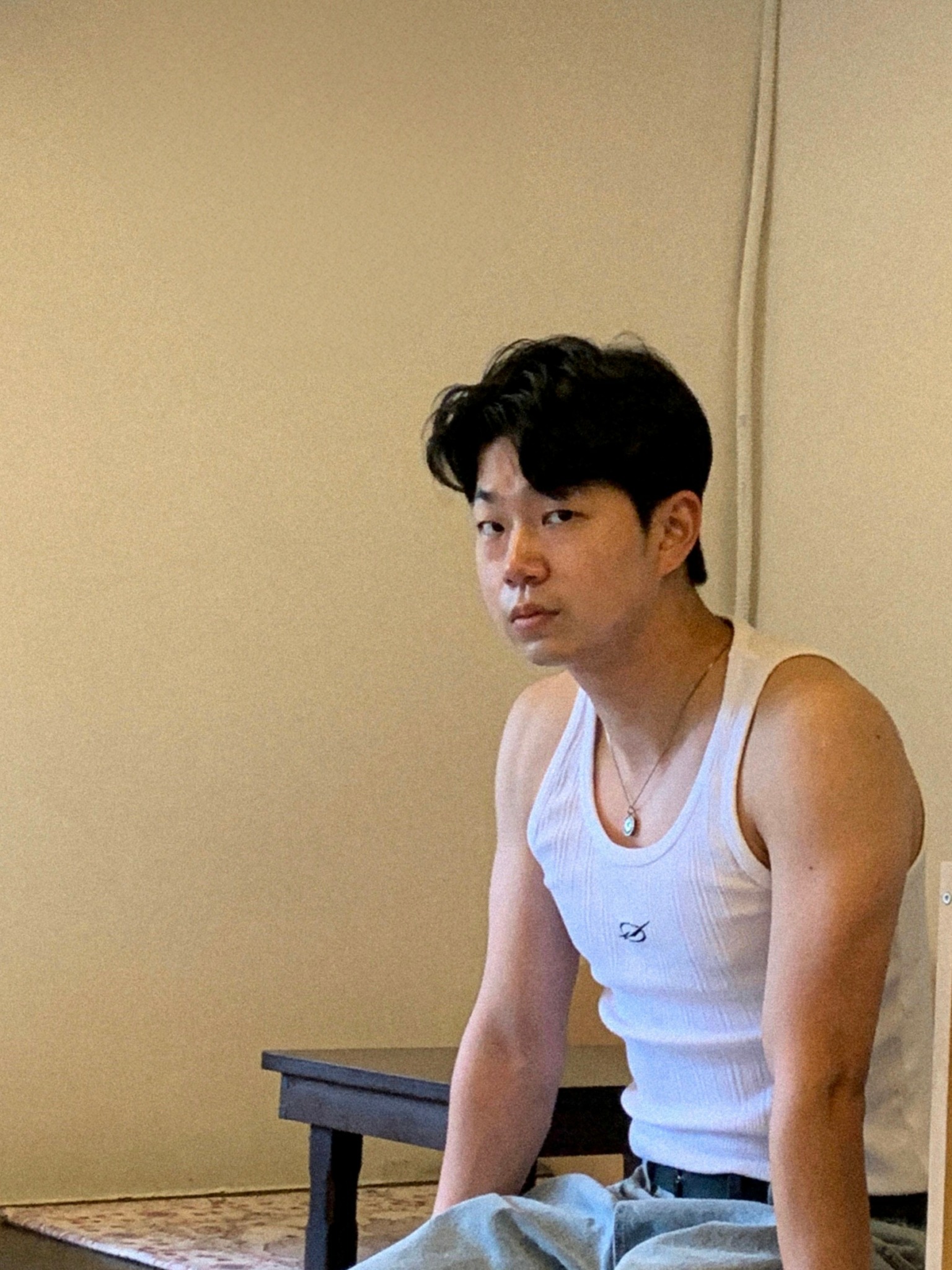We recently connected with Kimin Kim and have shared our conversation below.
Kimin, looking forward to hearing all of your stories today. Did you always know you wanted to pursue a creative or artistic career? When did you first know?
The first time I knew I wanted to pursue a creative path was during my first year of art school. Before that, I had always been interested in drawing and image-making, but it existed more as a personal habit than a clear direction. That year, I was fascinated by the idea that fine art practice could be more than just drawing and painting, not just for making things look aesthetic, but for thinking and questioning. It was the first time I had the space to dedicate myself to visual experimentation and conceptual development fully, and I realized how naturally I gravitated toward that process.
I remember spending long hours in the studio, not just producing work, but sitting with ideas and working through emotional tension, trying to understand my relationship to the current world and history. Visual art is a way to process things that can’t be explained in language. That first year gave me a glimpse of what it could mean to live through making, and that’s when I knew I would keep going.

Awesome – so before we get into the rest of our questions, can you briefly introduce yourself to our readers.
I’m a Korean-born painter based in Brooklyn, working primarily in painting and drawing, with a practice extending into installation and sculptural forms. My work explores the emotional and psychological dimensions of memory, cultural identity, and inherited trauma, often through the recurring use of botanical imagery, layered surfaces, and symbolic materials. I’m especially interested in how personal narrative intersects with larger historical forces, how things like postcolonial identity, collective grief, or intergenerational silence can be processed visually and materially, rather than through direct language.
What I’m most proud of is the continuous development of my process, where I continue to make work that is personal but also resonant with others, across different audiences and cultural landscapes. I’ve had the honor of showing my work in both New York and Seoul, and each exhibition has deepened my understanding of how visual works can be delivered across geographies while remaining rooted in specific histories.

What’s the most rewarding aspect of being a creative in your experience?
For me, the most rewarding part of being an artist is having a space where I can have moments of self-reflection and uncertainty at the same time, and be able to physically create in visual language. Making work is an unending process of researching personal and cultural memory, particularly around themes such as grief and inherited trauma, through a sustained engagement with form, gesture, and repetition. What I find most meaningful is that this process is both introspective and outward-reaching, allowing individual experience to connect with broader historical and cultural contexts through the act of painting.

Are there any books, videos, essays or other resources that have significantly impacted your management and entrepreneurial thinking and philosophy?
One of the most significant influences on how I approach my practice, both creatively and in terms of sustainability, has been 20th-century Korean poetry. I often return to postwar and postcolonial Korean poets whose works use metaphor and restraint to speak to grief, loss, and national trauma. The way these poets construct meaning through metaphors and symbolic imagery has informed not only the conceptual structure of my work but also how I think about building a long-term creative practice.
These works also model a form of resilience: how to hold emotional weight over time, how to return to unresolved questions on and on, and how to continue creating within structures of instability. That has shaped my thinking around how to manage a creative practice. Rather than following a linear or goal-driven model of entrepreneurship, I see my practice as something rooted in ongoing inquiry, emotional labor, and overlayered reflection. The philosophies embedded in these poems guide not just my studio work but also how I manage time, energy, and intention across projects and seasons.
Contact Info:
- Website: https://kiminkim.cargo.site/
- Instagram: @kiminii__



